March 30, 2021
We lingered over breakfast and coffee in the sun at our quiet Bandelier National Monument campsite. It was chilly but not like it would be later in the day.
We eventually broke camp and headed northeast to Taos, New Mexico, about an hour and a half away. Taos is one of those towns you have to want to go to – it’s not really on the way to anything though pretty much everything around it is beautiful. Neither of us had ever been there and we decided a detour was in order.
The town was founded by Spanish settlers in 1615, around the same time Jamestown, Virginia became the first permanent English settlement in the Americas. Perhaps the most well-known attraction in Taos is the Taos Pueblo – a living Native American community designated as both a UNESCO World Heritage Site and a National Historic Landmark. Unfortunately, we wouldn’t be able to see the pueblo; it was closed to visitors because of Covid.
As we explored the small town, we quickly saw that many of the stores and apparently all of the restaurants were closed due to Covid and everyone wore masks as required in New Mexico, even outside. Most of the shops appeared to be high-end boutiques catering to wealthy tourists.
We wandered into a small jewelry store that had a sign in the window advertising a Big Sale. The owner was pretty surprised to see anyone in his store. We spent a fair amount of time browsing and then, after a little bit of haggling over the price, Susan purchased a beautiful pendant drop to add to the silver necklace she’d bought a few days before in Bisbee, Arizona.
Afterwards, we found ourselves walking down Kit Carson Road and noticed an old adobe building adorned with log pillars and turquoise trim. It turned out to be Carson’s former home in the mid-1800’s and it now houses the Kit Carson Museum. Like mostly everything else, the museum was closed due to Covid.
Carson was a fur trapper, wilderness guide, and army officer. He became a frontier legend in his own lifetime due to biographies and newspapers that touted his bravery, combat skills, and role in the westward expansion of the U.S. He ended up in Taos after meeting his third wife there–she was just 15 years old (he was 33) when they wed.
Artists began to settle in Taos in 1899 and there are now dozens of art studios along with murals and sculptures throughout the town. This was definitely an artsy town, but not in the funky way like Bisbee and Silver City, New Mexico. In Taos, the art was high-end both in quality and price.
Even though the town wasn’t crowded, we’d had a hard time finding a place to park and weren’t too sure whether our parking spot was legal, so we didn’t linger too long. Ultimately, we were glad to check Taos off the list of places to see but weren’t sure it was worth the drive. Maybe if the pueblo and more of the town had been open, we’d have liked it better.
Just outside of the town, we crossed the enormous Rio Grande Gorge Bridge spanning the river 650 feet below. A rest area by the bridge was filled with tourists who headed to the bridge for photo ops. We joined them for the chilly walk to the center where the river was whitewater hundreds of feet below.
As we walked across the bridge and gazed down at the river far below, Susan commented that this seemed like the kind of spot someone might come if they were suicidal. Just then we saw a crisis hotline box on the bridge–a sobering reminder that this was too frequently a destination for those in crisis.
After returning back across the bridge, we followed a trail that brought us away from the crowds and across the rocky sagebrush-strewn plateau where we had even better views of the river and the bridge.
When we returned to the truck we rested for a little while and discussed where to head next. Unfortunately, for the past day or two a recent neck injury had been flaring up and this morning it had worsened, making driving painful. Susan could drive, but the passenger seat couldn’t recline any more than the driver’s seat because of the bed in back and at least driving helped take my mind off the pain. No matter what I did, I could not get comfortable and I was afraid we might have to head for home for another consult with doctors and physical therapists.
We’d wanted to head next to northwestern New Mexico to see Bisti/De-Na-Zin, a huge area of badlands not far from the Four Corners area, but between my injury and the forecasted temperatures in the teens there it looked like that would have to wait. So, instead of taking a route west through the Bisti badlands, we decided to head north through Colorado, which would eventually take us to Interstate 70 and the fastest way home–over 1,200 miles away.
It turned out to be a stunning drive through an area we might never have otherwise explored. The two-lane road had almost no traffic.
Without ever planning to be in the Rocky Mountains, we’d somehow found ourselves passing through the snow-dusted southern Rockies.
We wound up, down and around the mountains with the light and shadows of the late day sun making the drive that much more spectacular.
As evening approached, we needed to find a place to stay for the night. One spot we found, just off the road, had a beautiful campsite along a rushing stream with lots of snow on the nearby granite cliffs and even a foot or so on the ground. It wasn’t dark yet but already just 32 degrees and though we had no cell service, I’d earlier seen a forecast for Gunnison, Colorado not too far away that said the low there would be 10 degrees—and this place was higher elevation. We both really wanted to stop there for the night but we knew that even with every blanket we had, we’d likely be too cold to sleep much. So, we enjoyed the site for a little while before heading onward to the closest town, Gunnison, Colorado, about a half hour away..
Susan found us a nice room just outside of Gunnison for $46 (!). We drove around the college town for a bit and found that it was mostly closed due to the lateness of the day combined with Covid. We picked up some Subway sandwiches and brought them back to our room.
I was bummed that it looked like we’d have to shave a few days off of our trip due to my painful condition, and concerned about how I’d be able to travel over 1,200 miles in the next couple of days to get home. I was also a little worried that any food we had in the roof top carrier might freeze solid overnight with a forecast in the single digits. Oddly, I thought, the Yeti cooler’s insulation would keep its contents from freezing. After hot showers and turning up the heat, we planned tomorrow’s route.

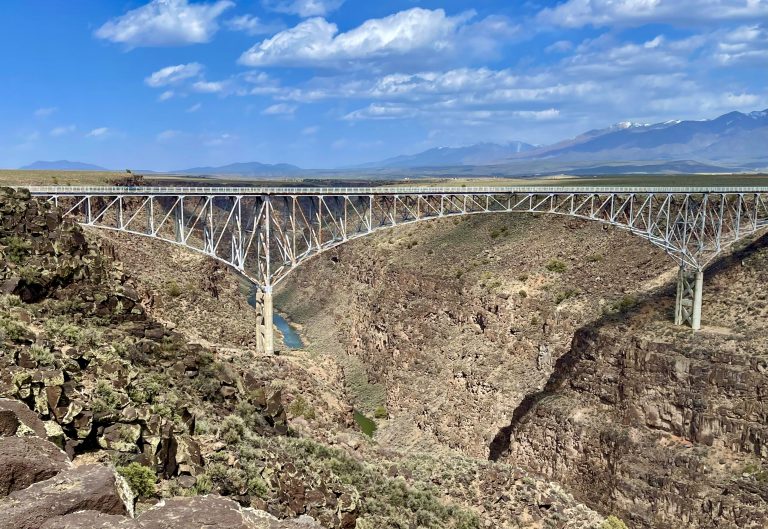
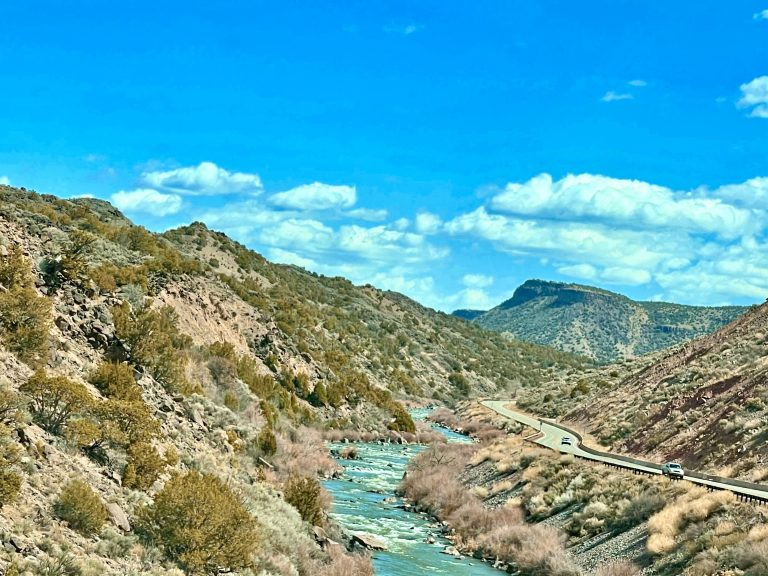
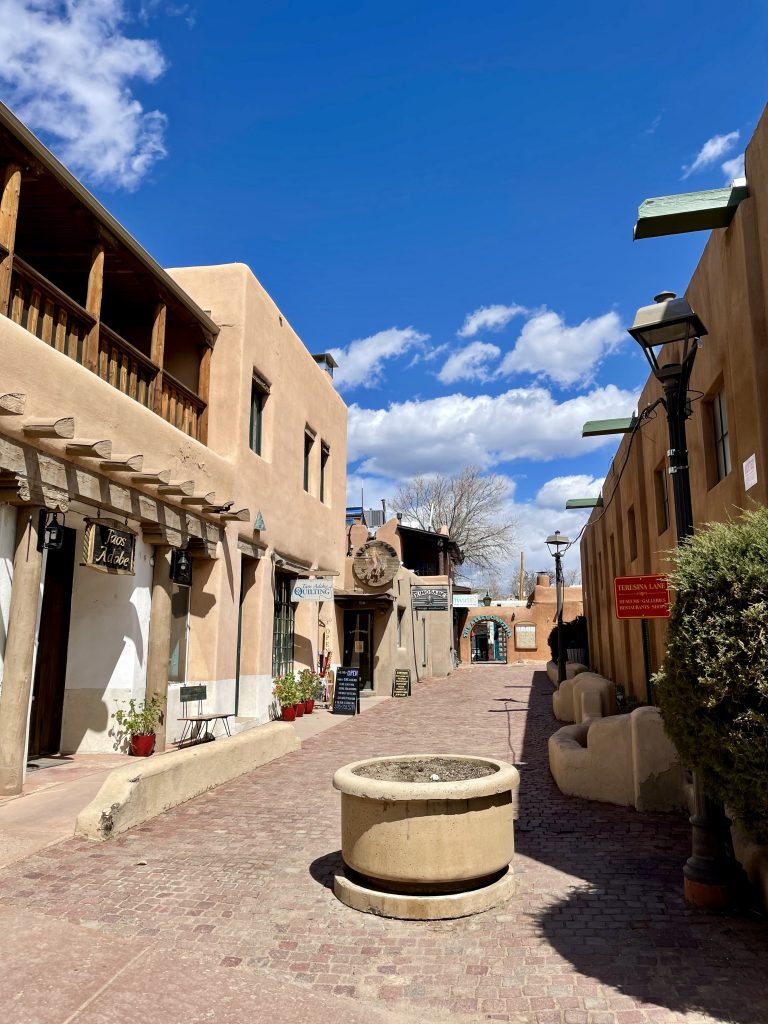
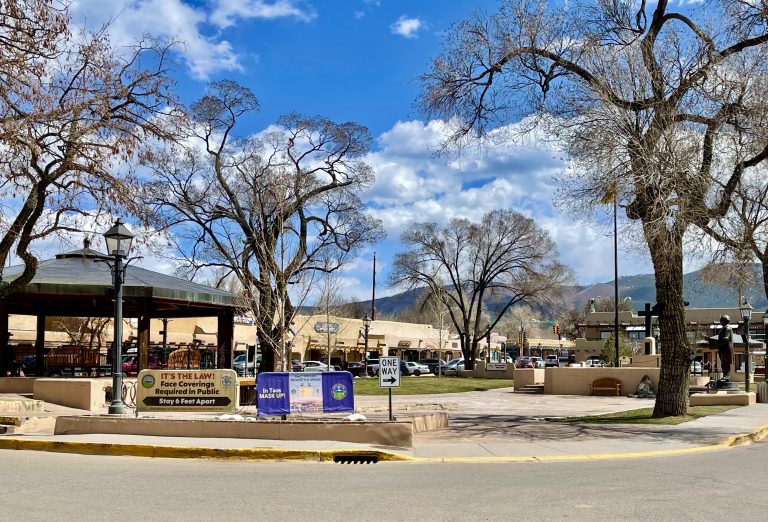
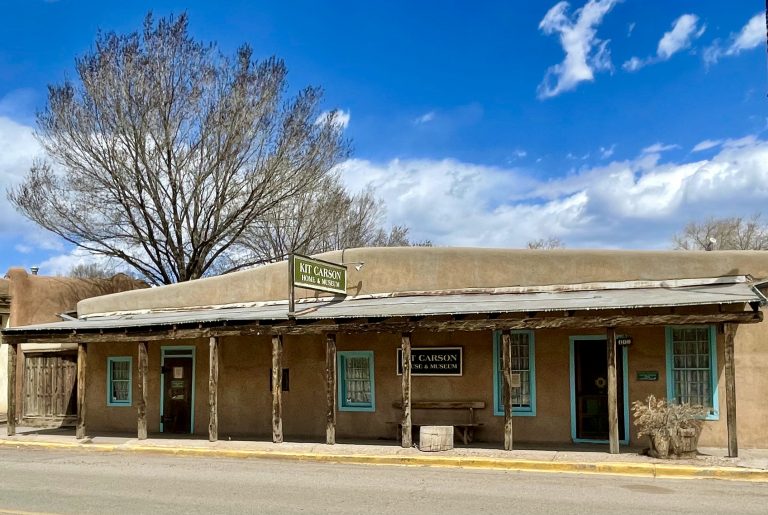
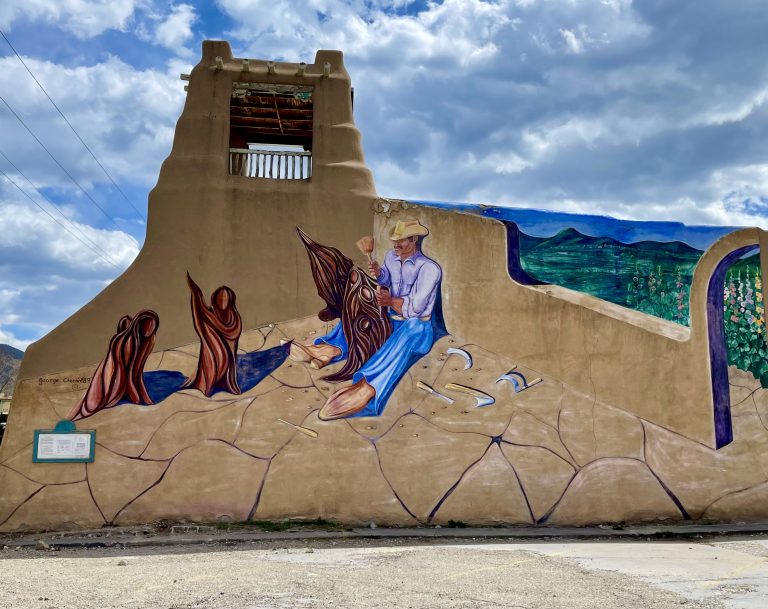
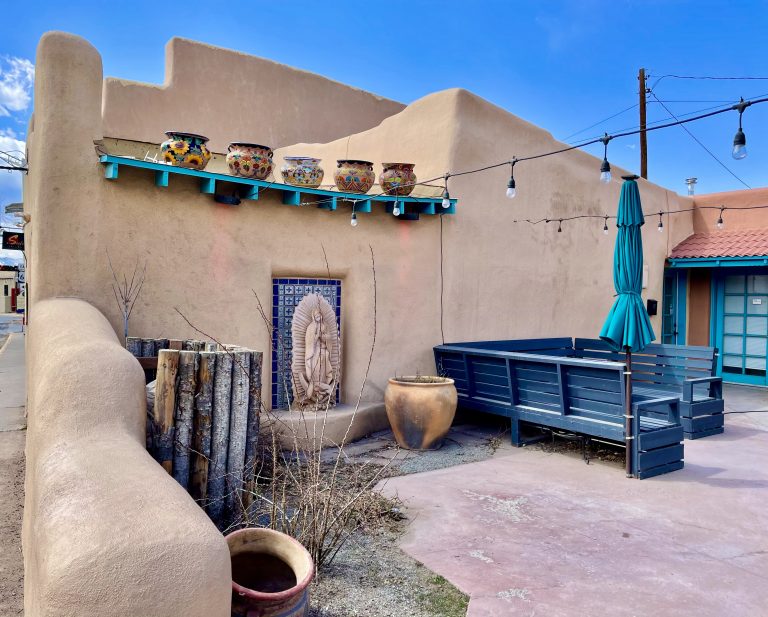
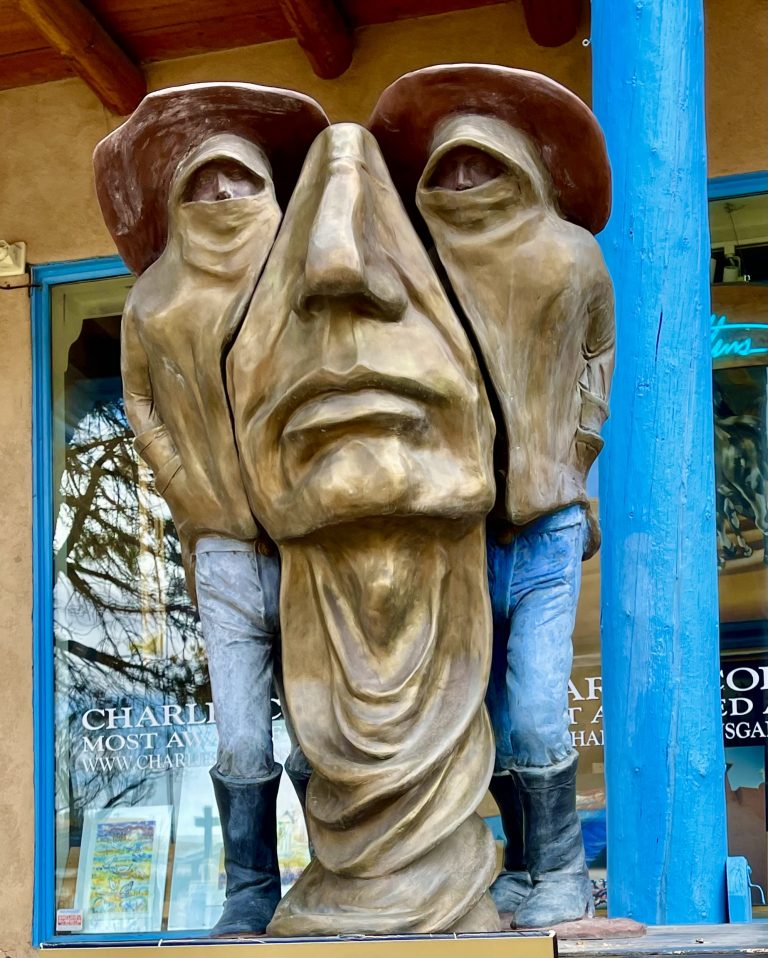
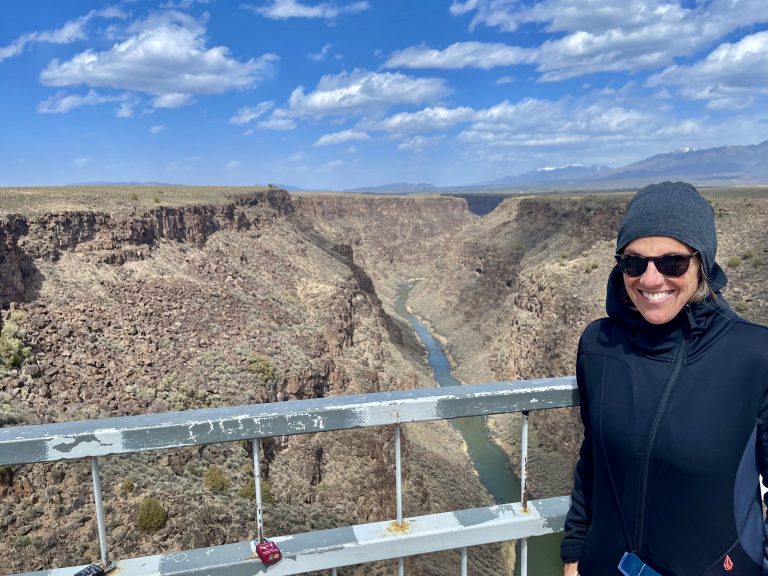
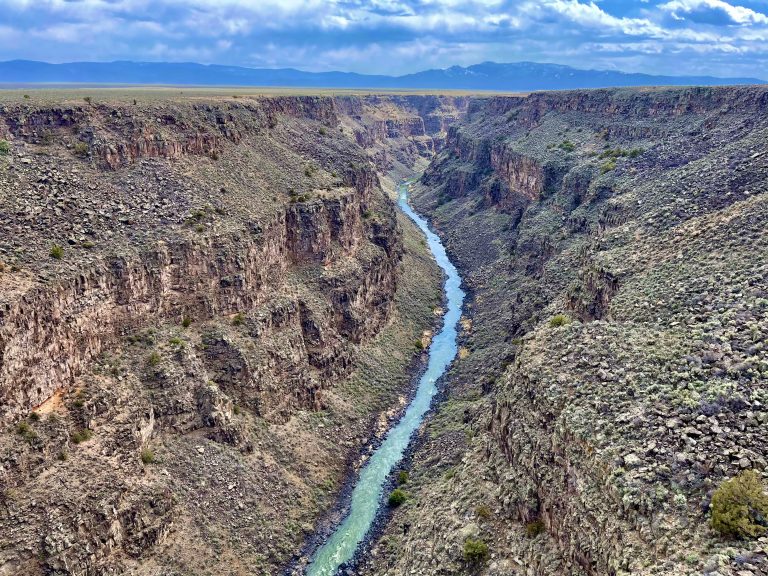
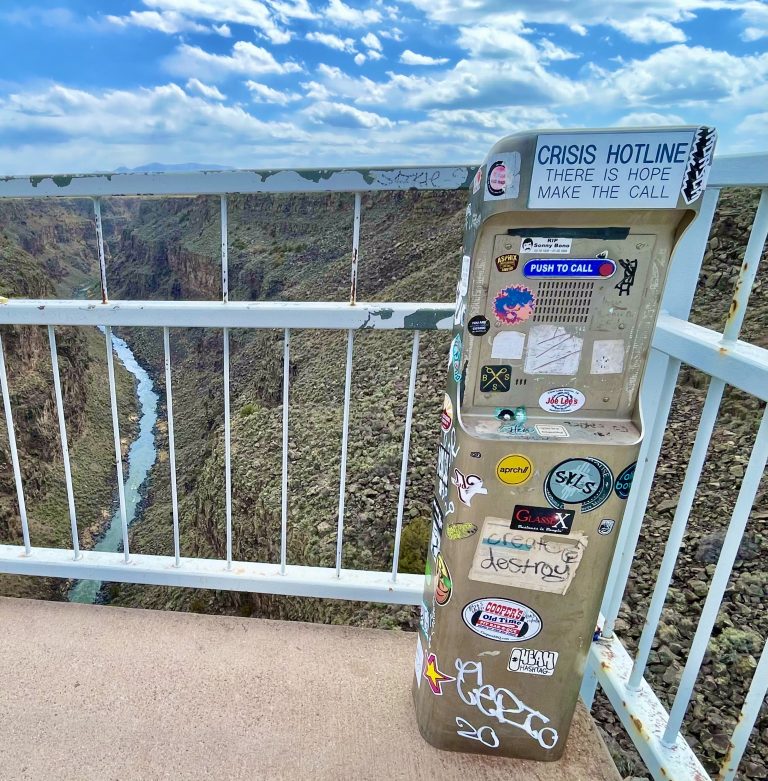
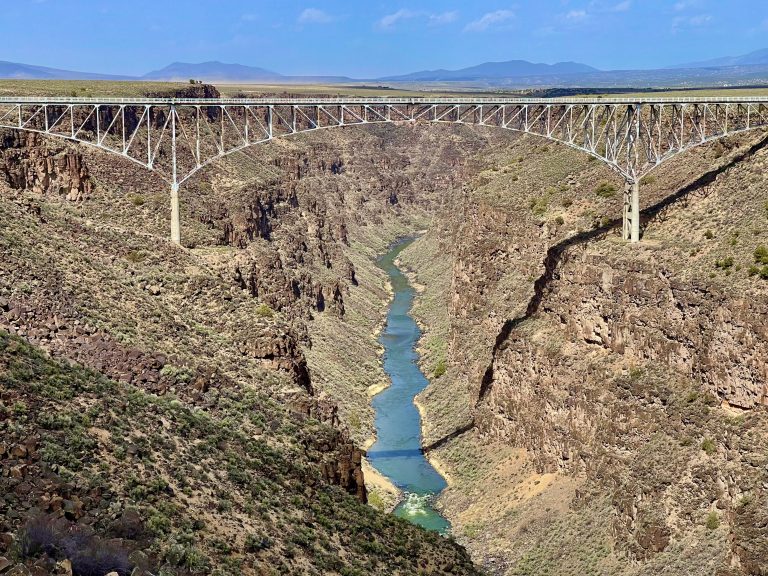
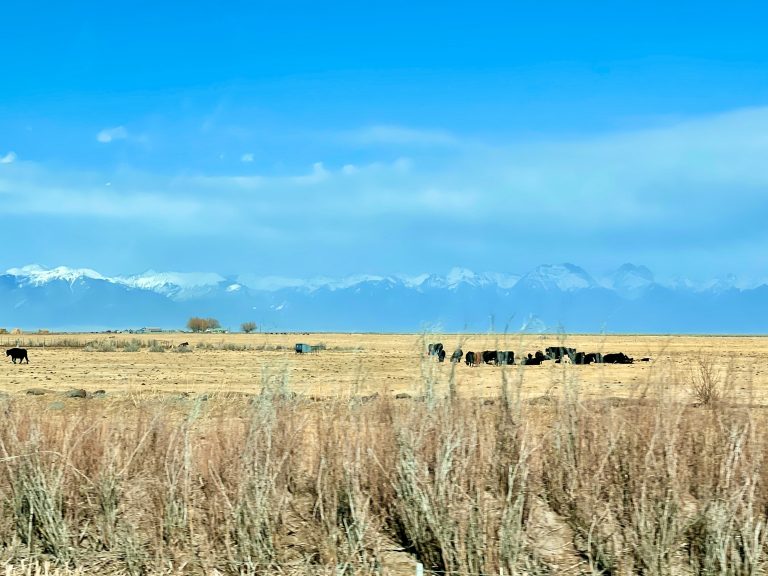
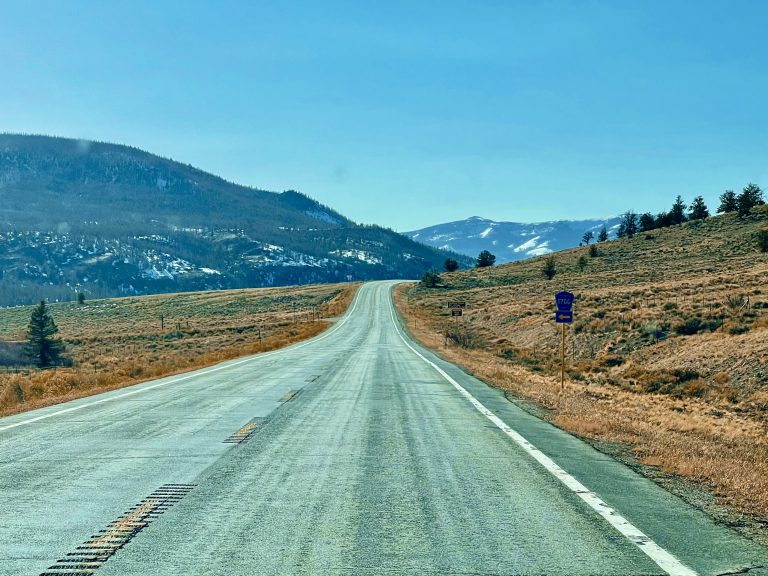

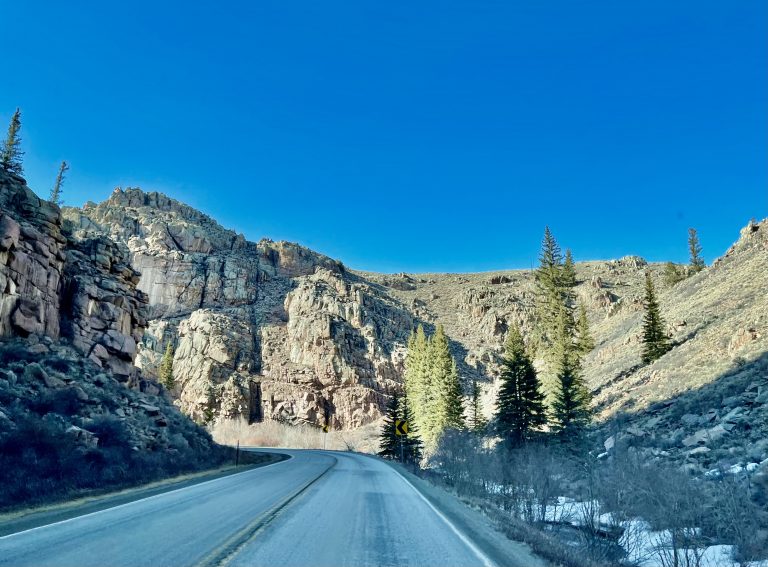
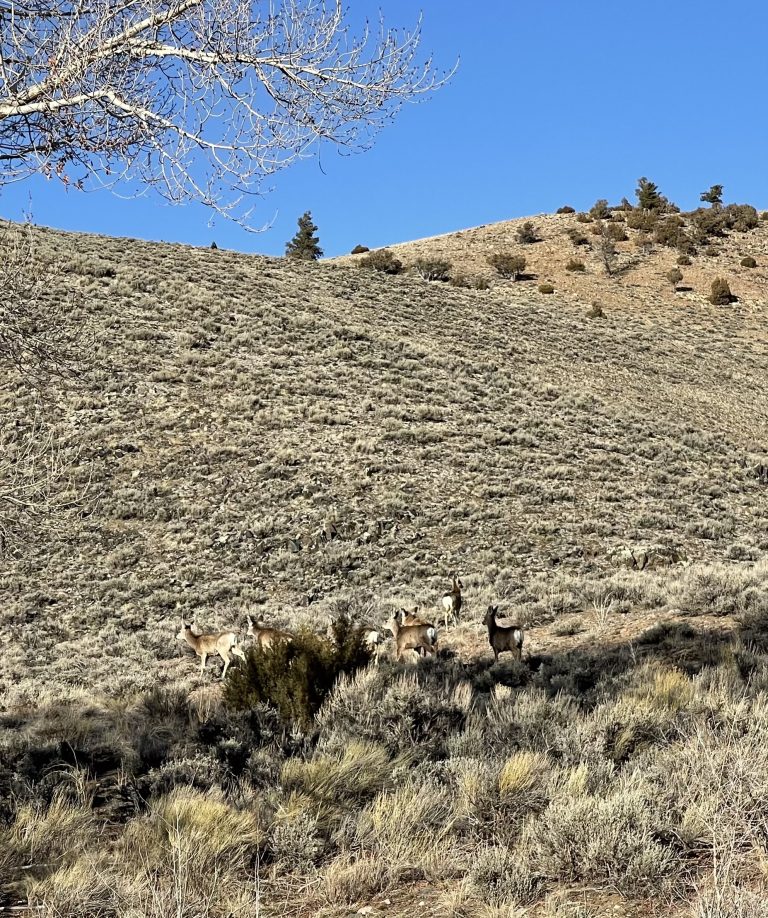
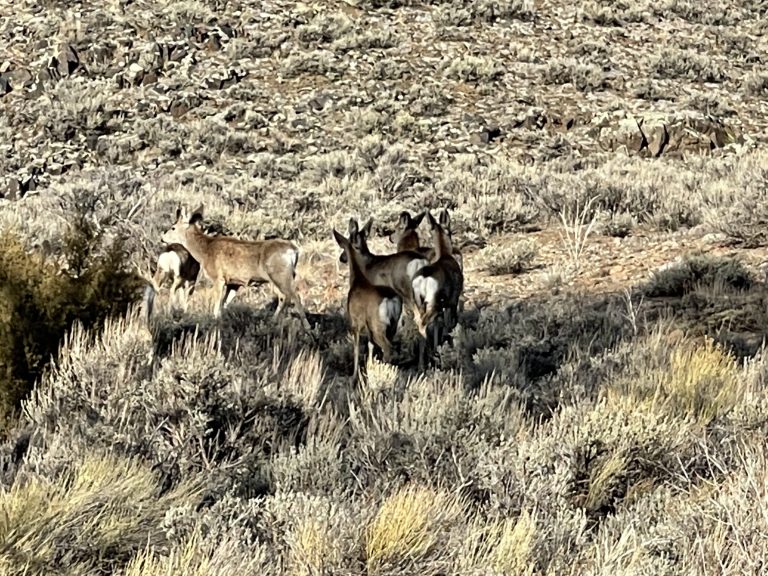
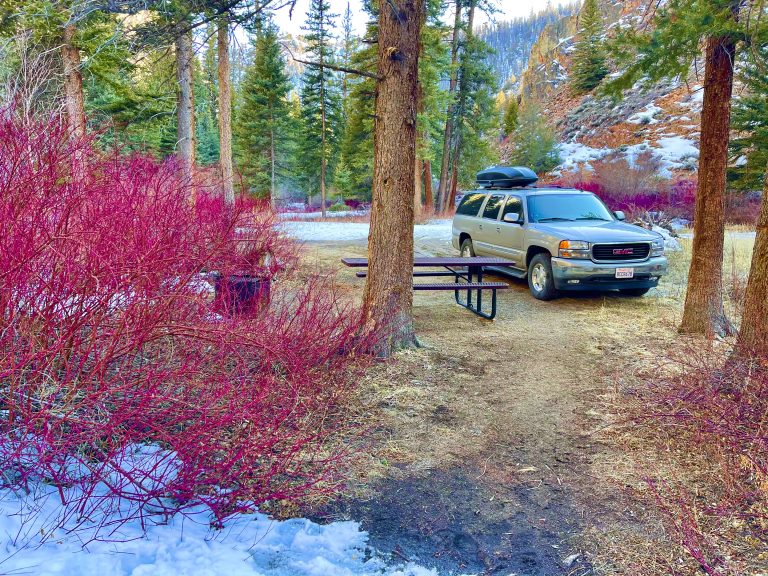
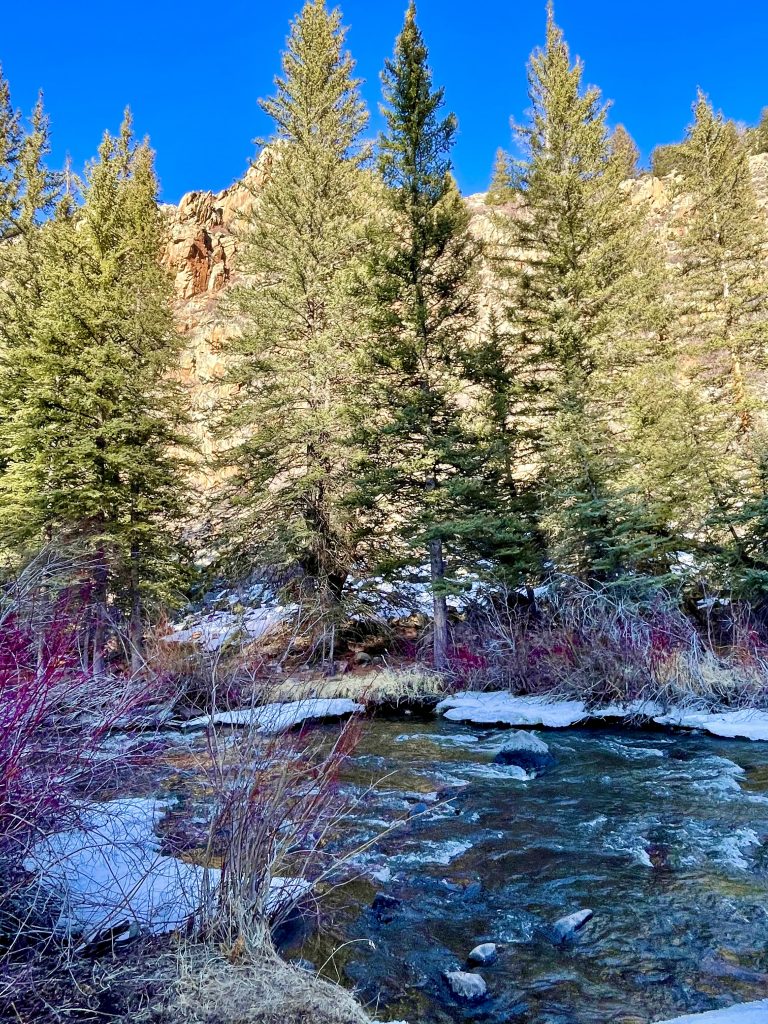
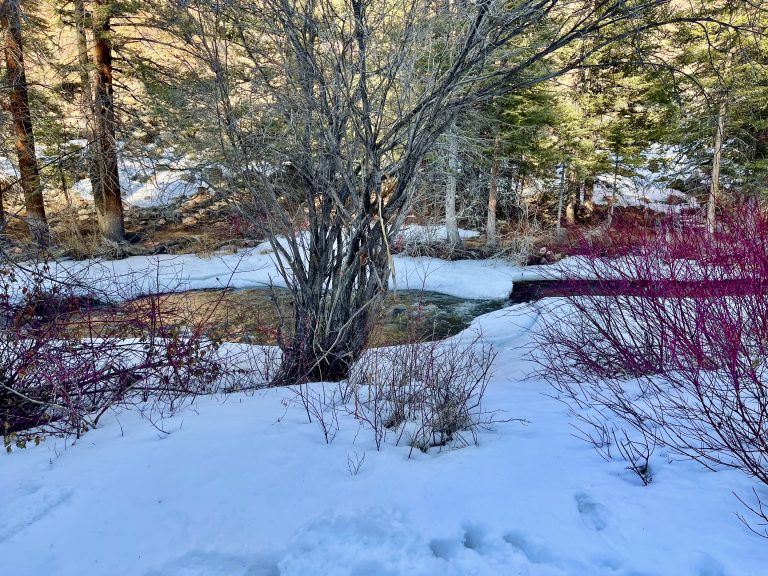
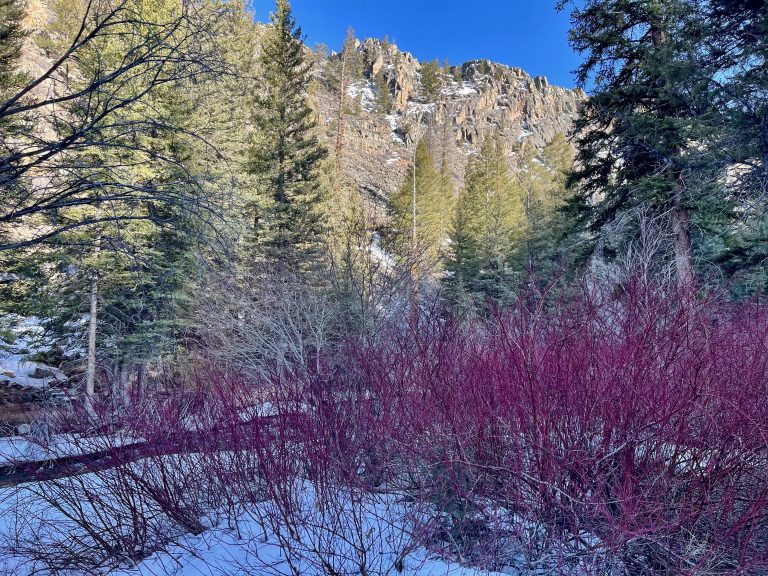
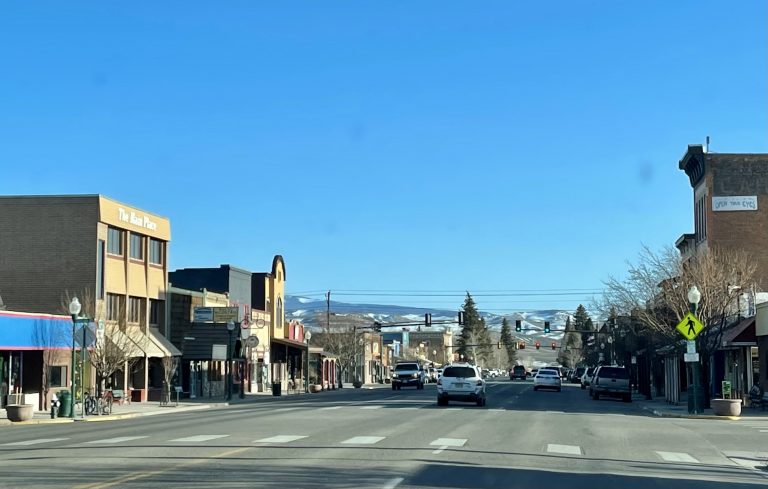
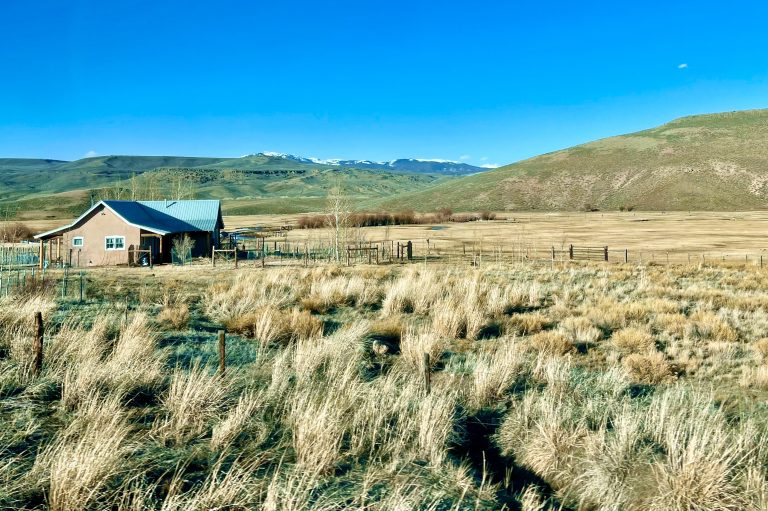
One Response